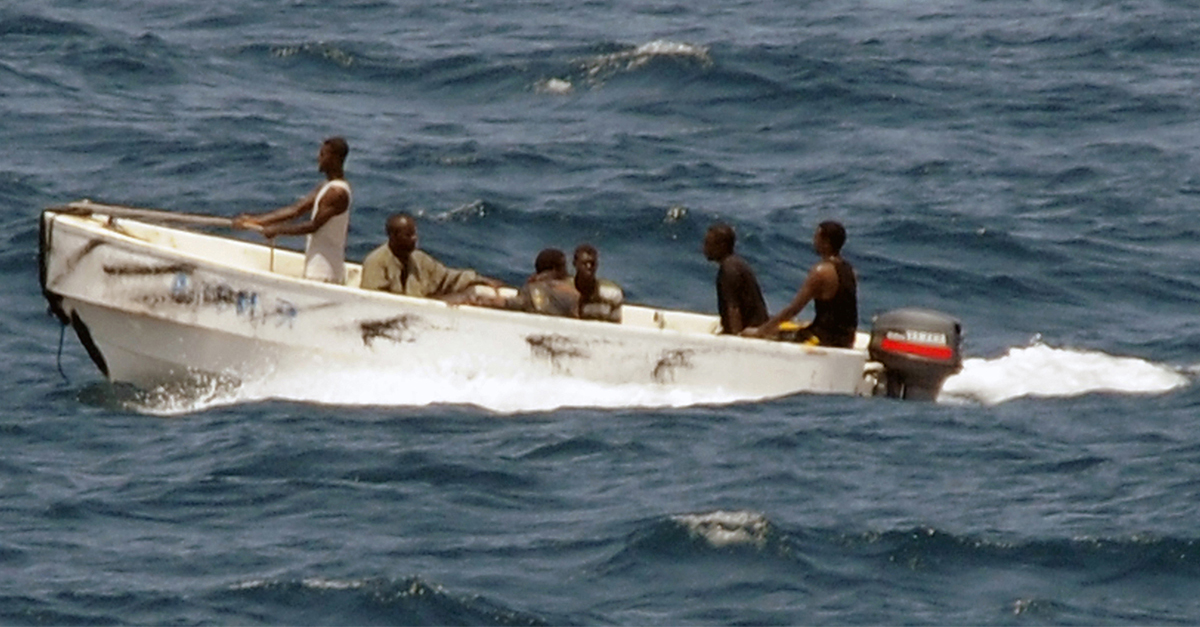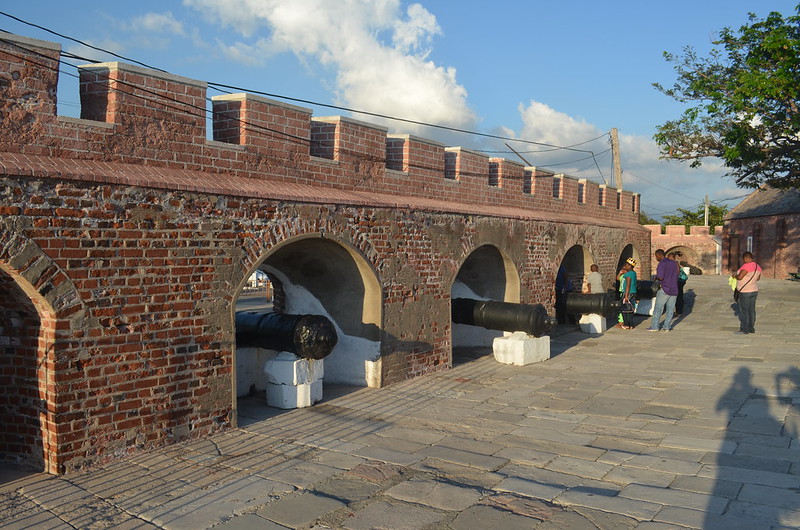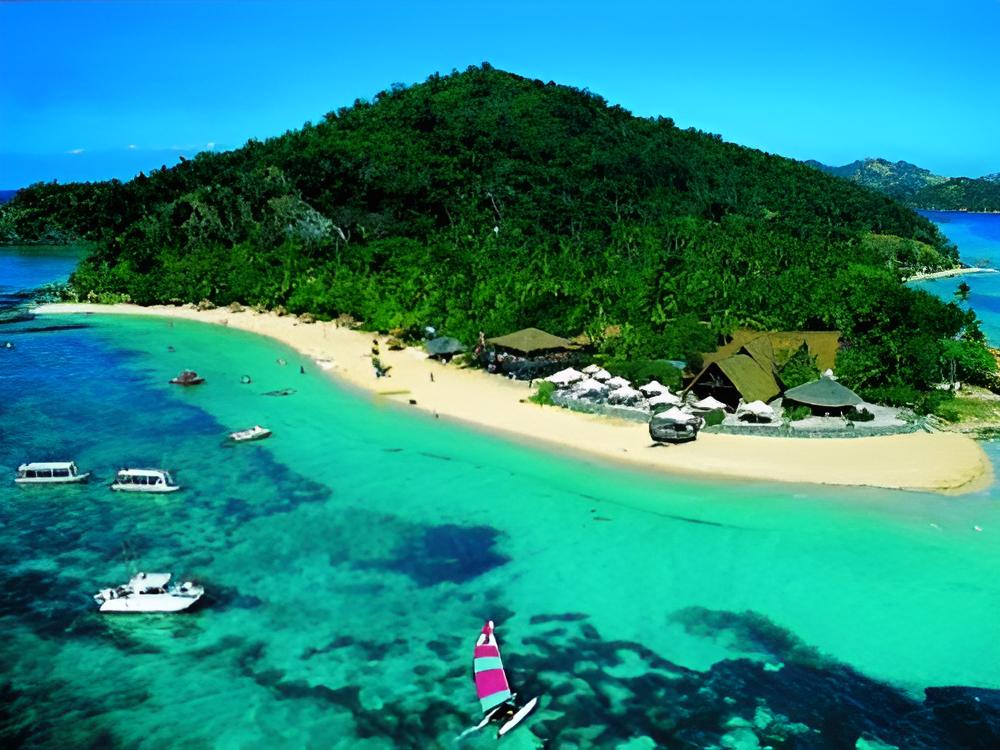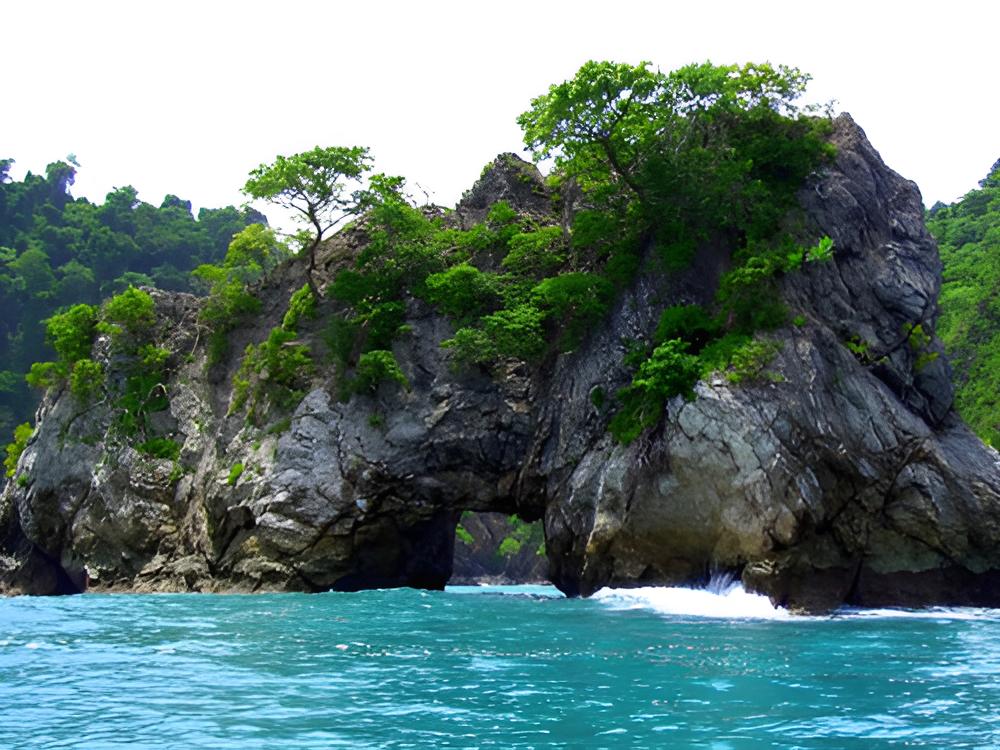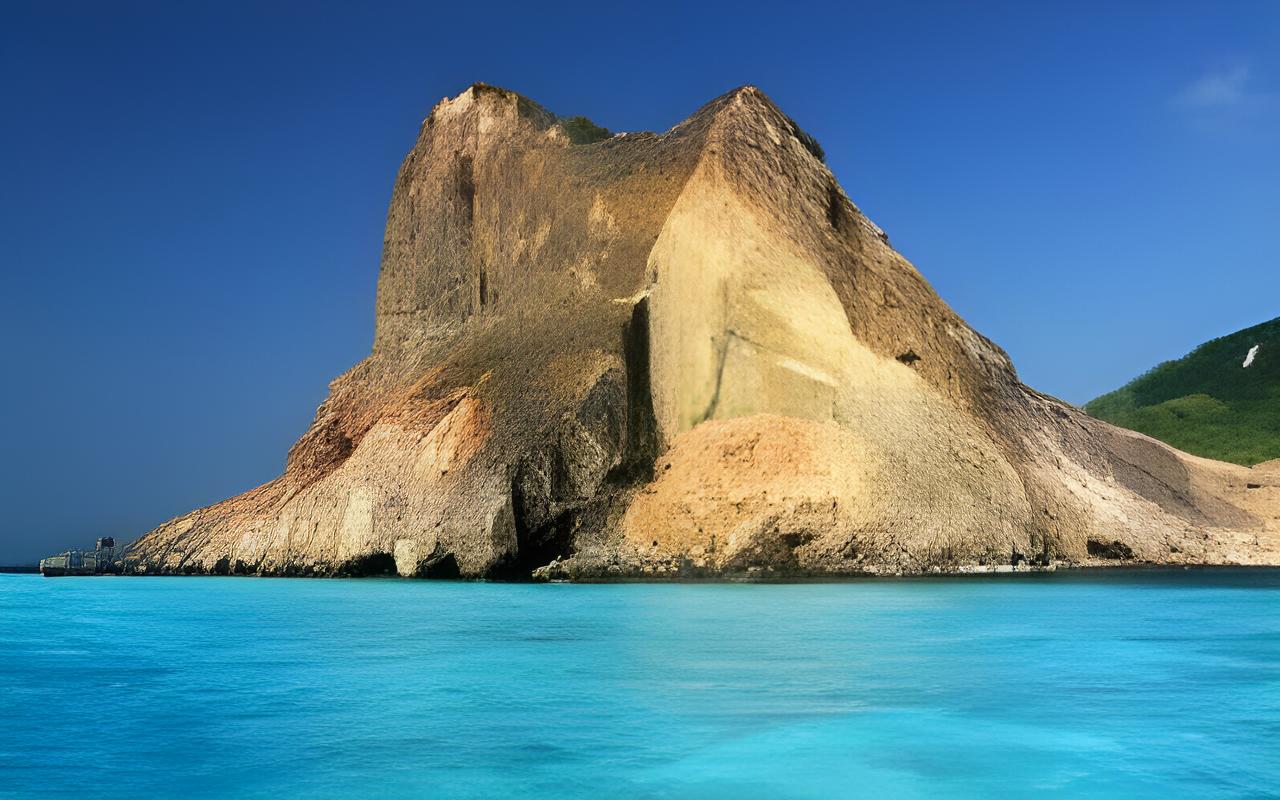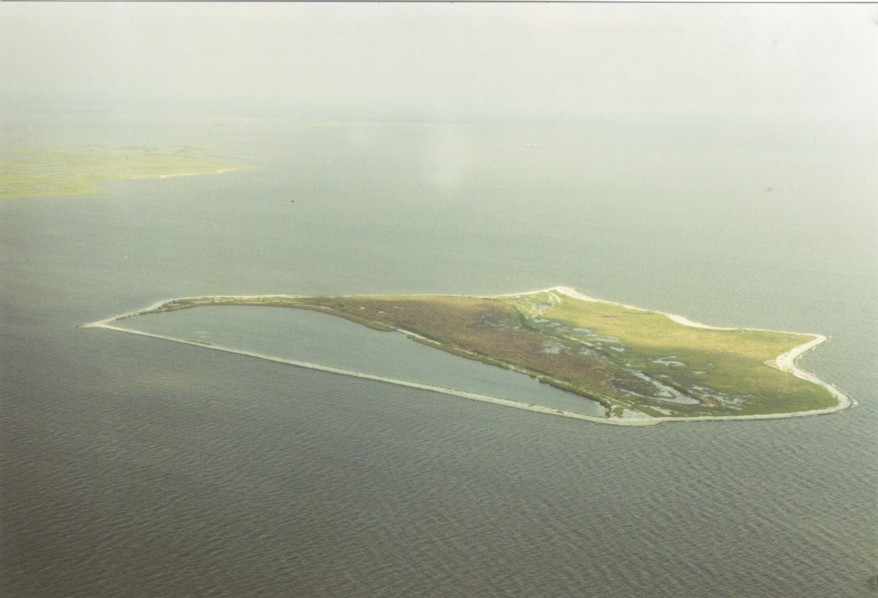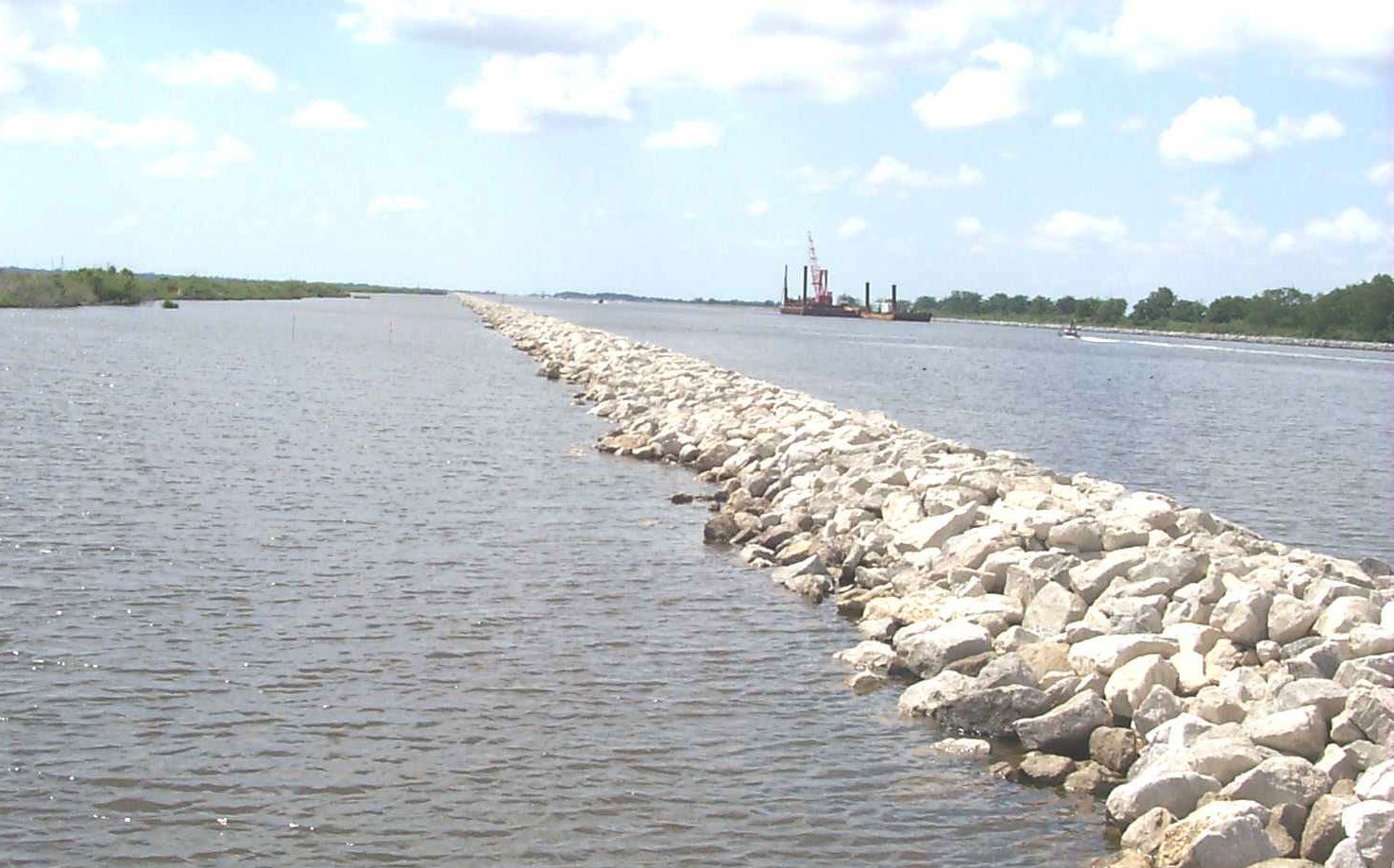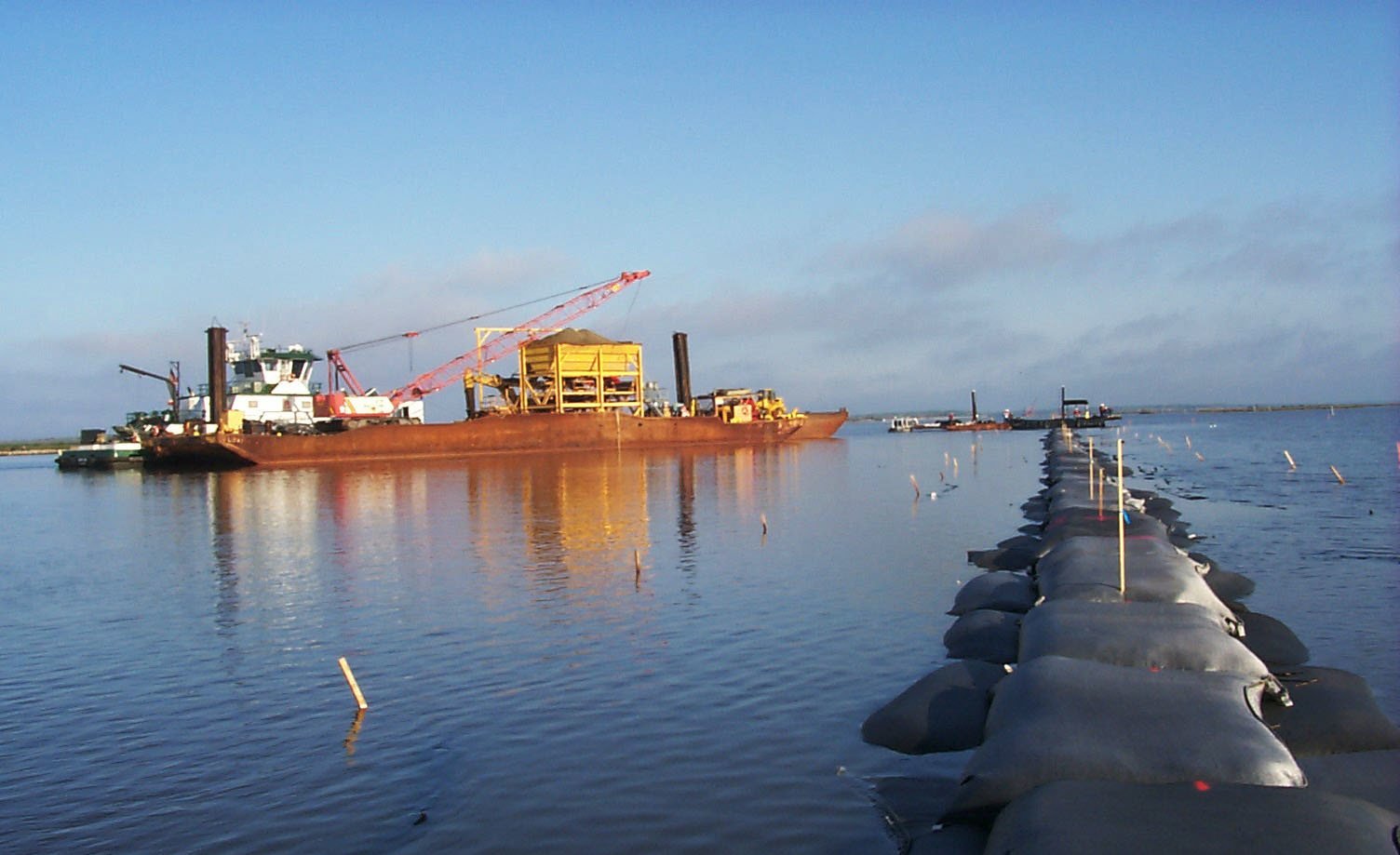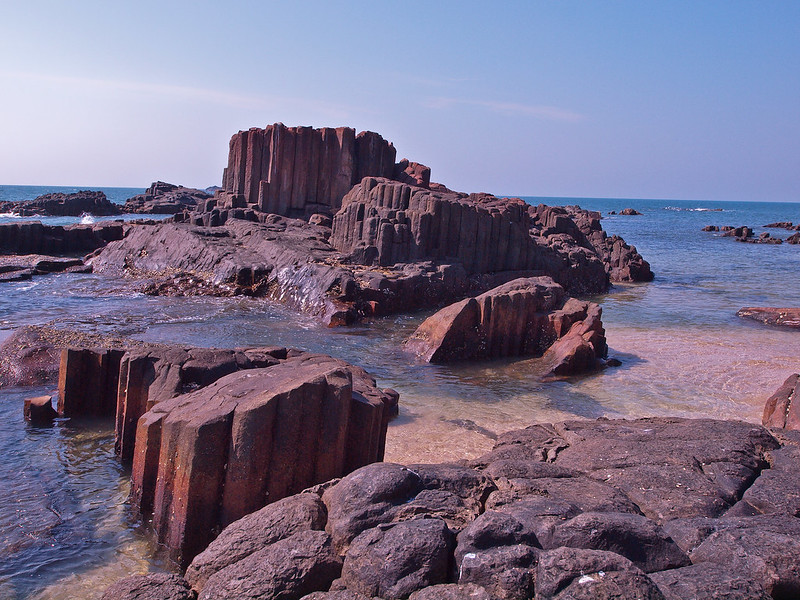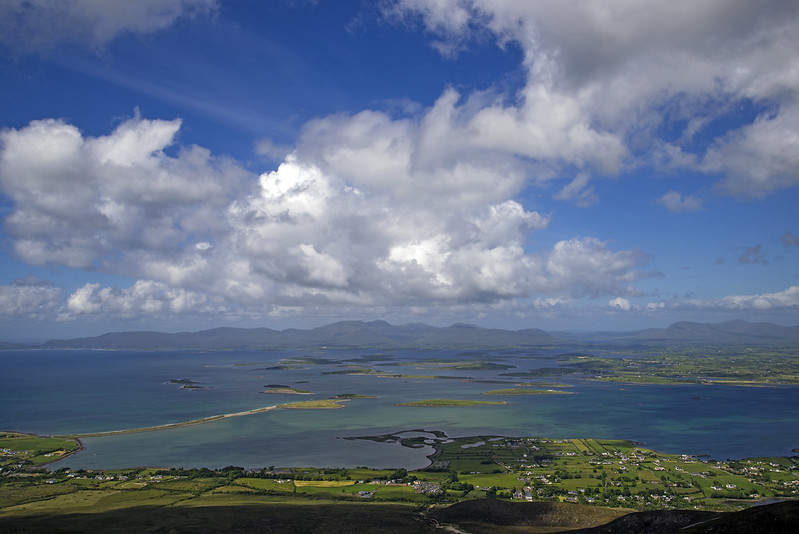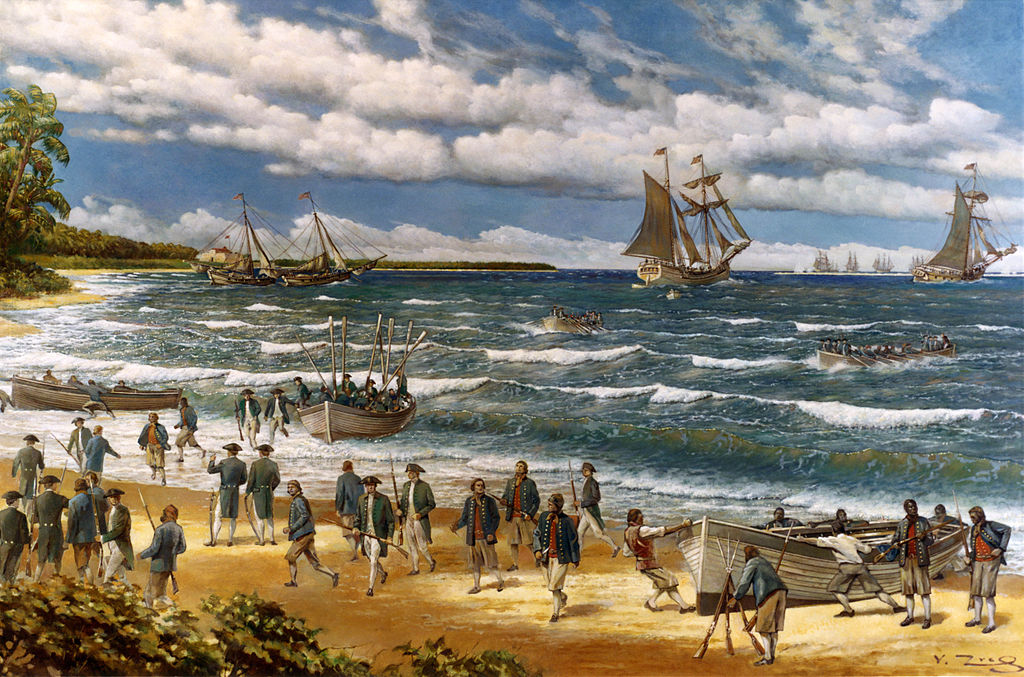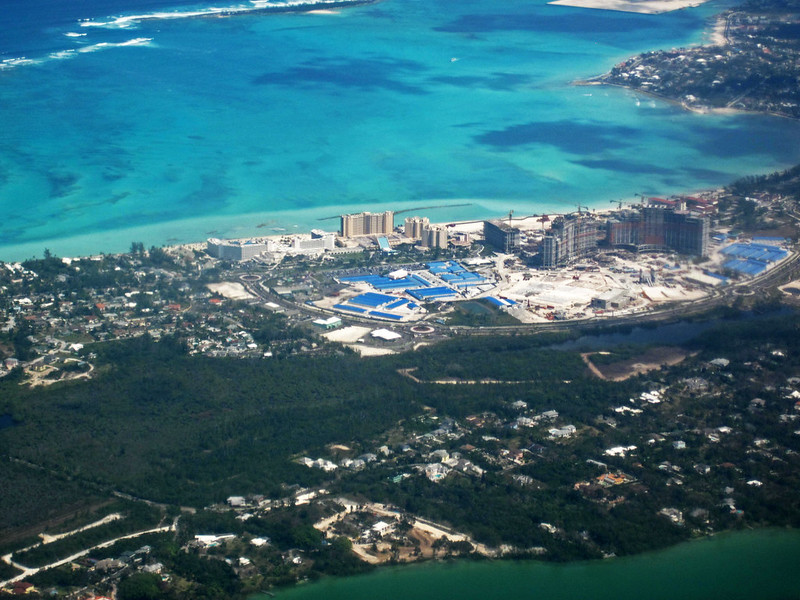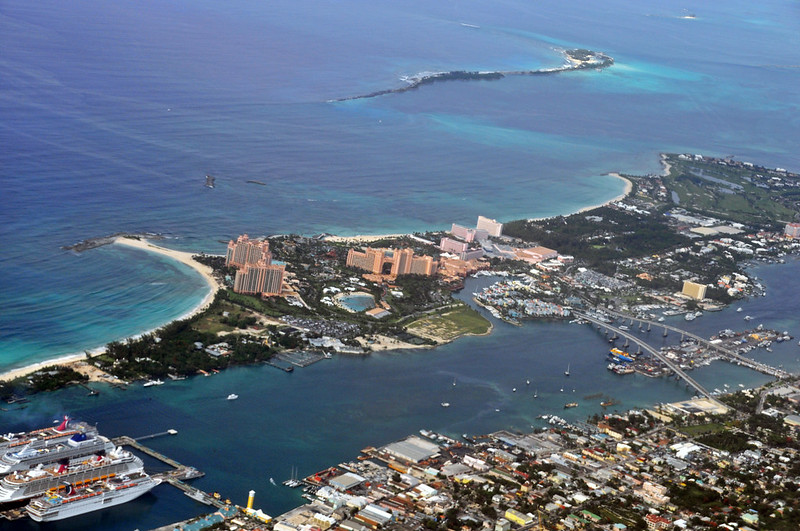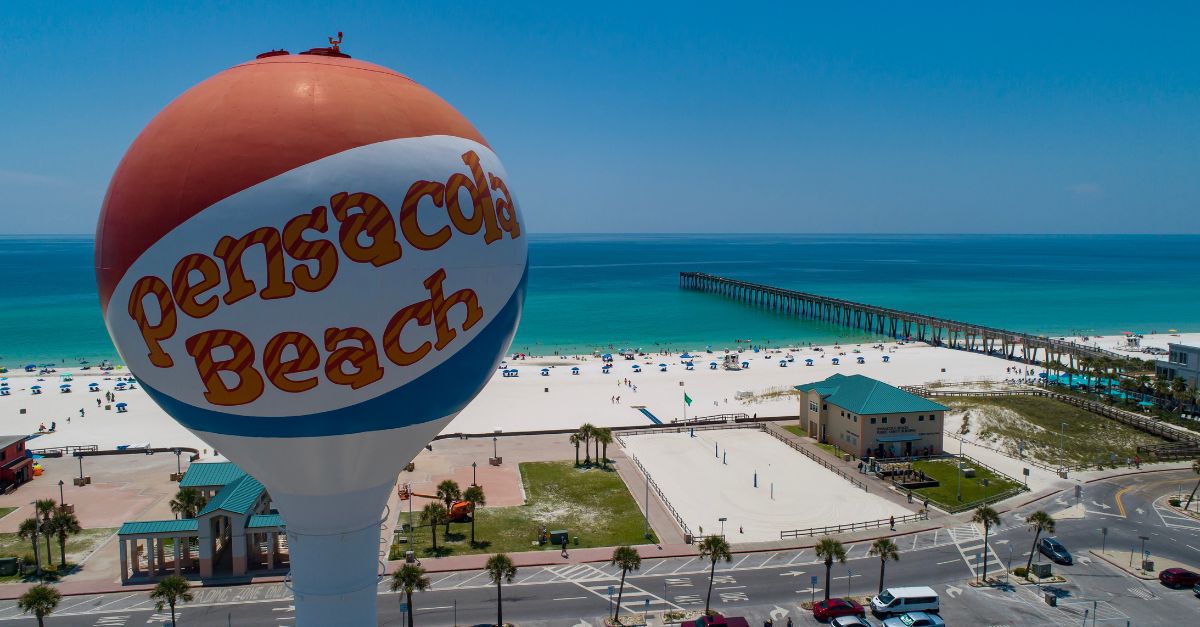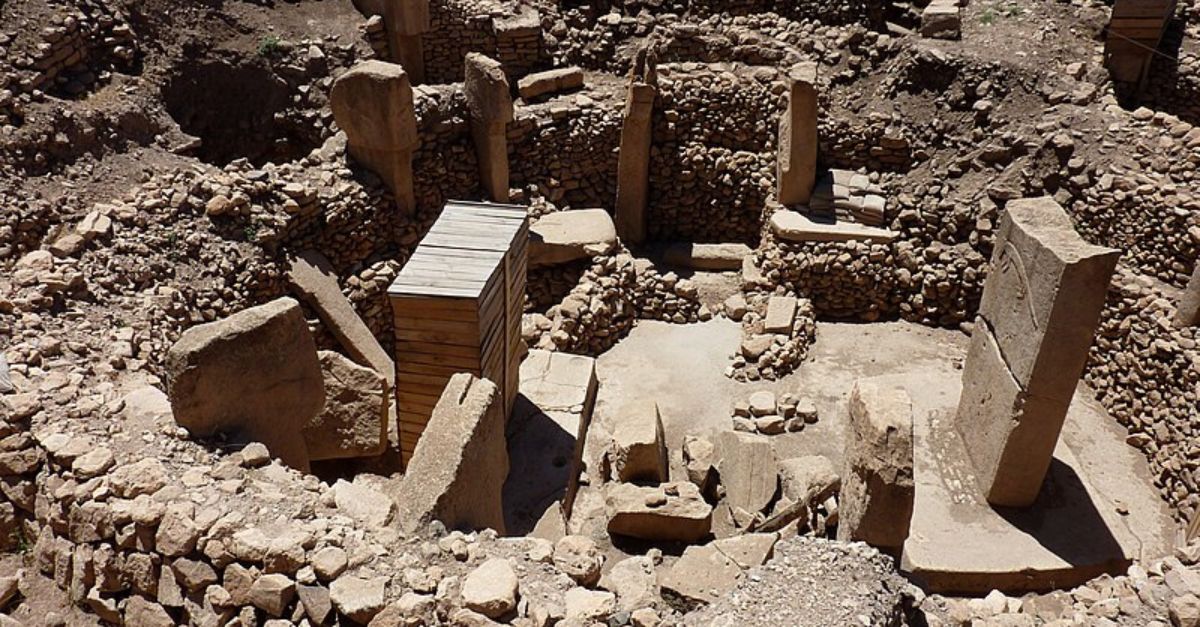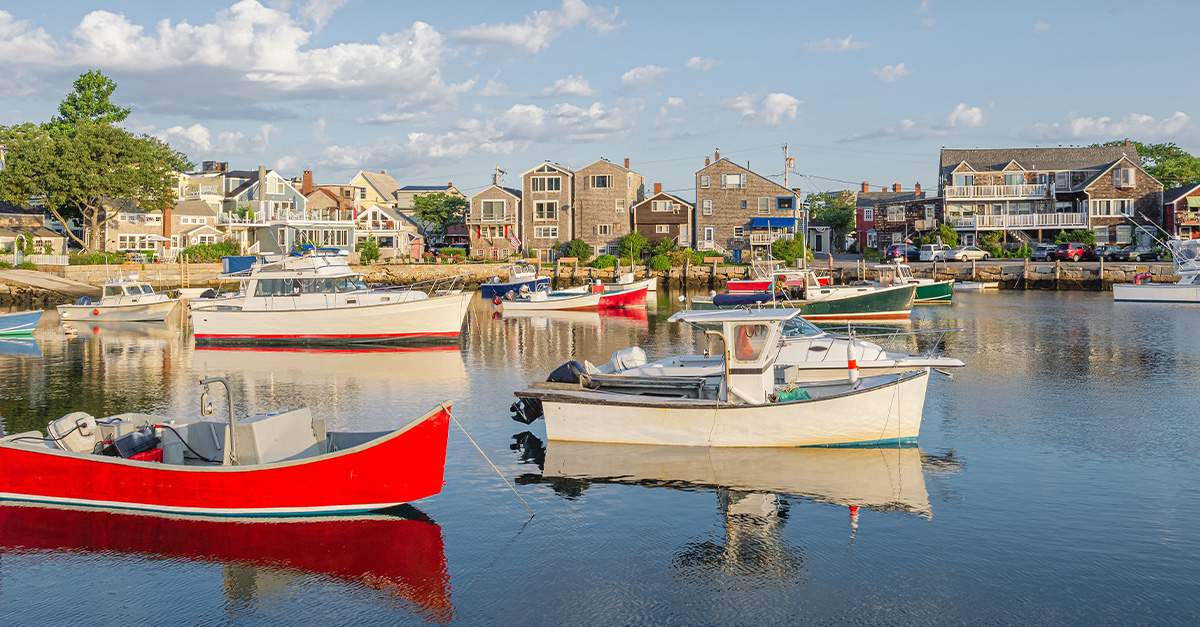Pirate Hideaways Then & Now
Once upon a time, coastal islands might have played home to pirate hideaways—places used to store their loot in between their raids. While many of them have been populated since, and had their treasures discovered, there are still many pirate hideaways out there today…including some you can visit, and others that are so dangerous you wouldn’t dare come within miles of them.
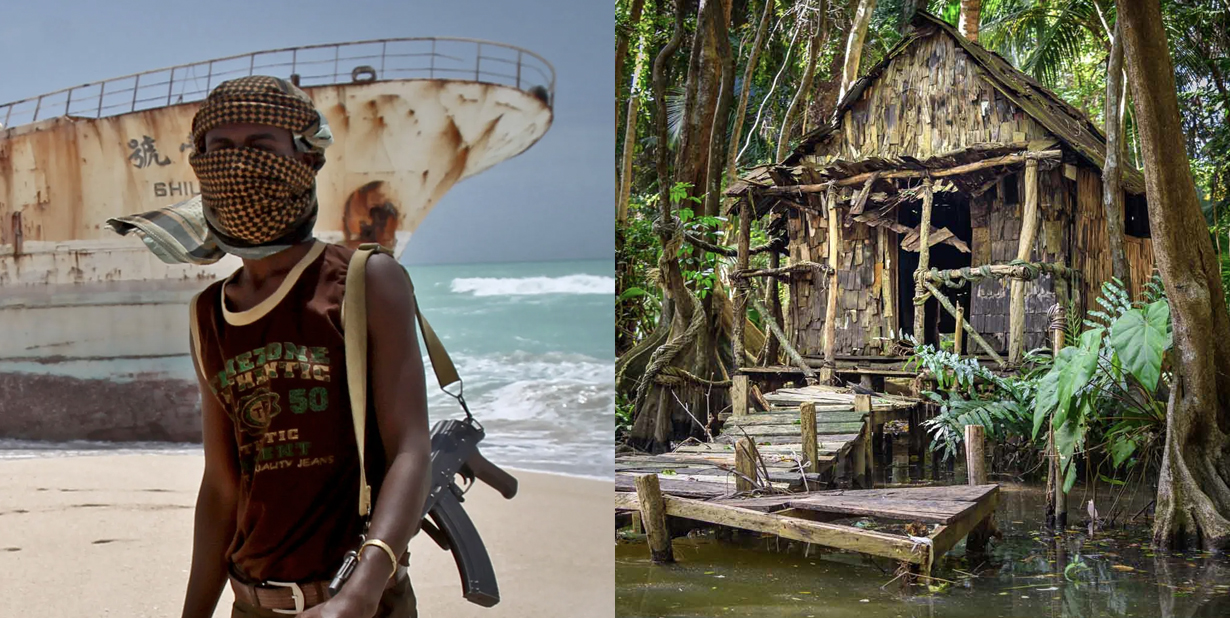
Port Royal Then
Port Royal in Jamaica was one of the original pirate strongholds in the era called “The Golden Age of Piracy,” which took place in the 17th and 18th centuries. It all came to be for a clever reason—Jamaica needed protection from the Spanish, which it got from pirates in exchange for a safe haven.
 John Masefield, Wikimedia Commons
John Masefield, Wikimedia Commons
Port Royal History
Port Royal was home to the type of pirates you’d read about in books growing up—but it also did brisk business with privateers, who were state-sanctioned pirates who’d disrupt enemy trade routes. In this case, that would be British and American privateers hoping to stop Spanish trade—including the notorious Sir Henry Morgan.
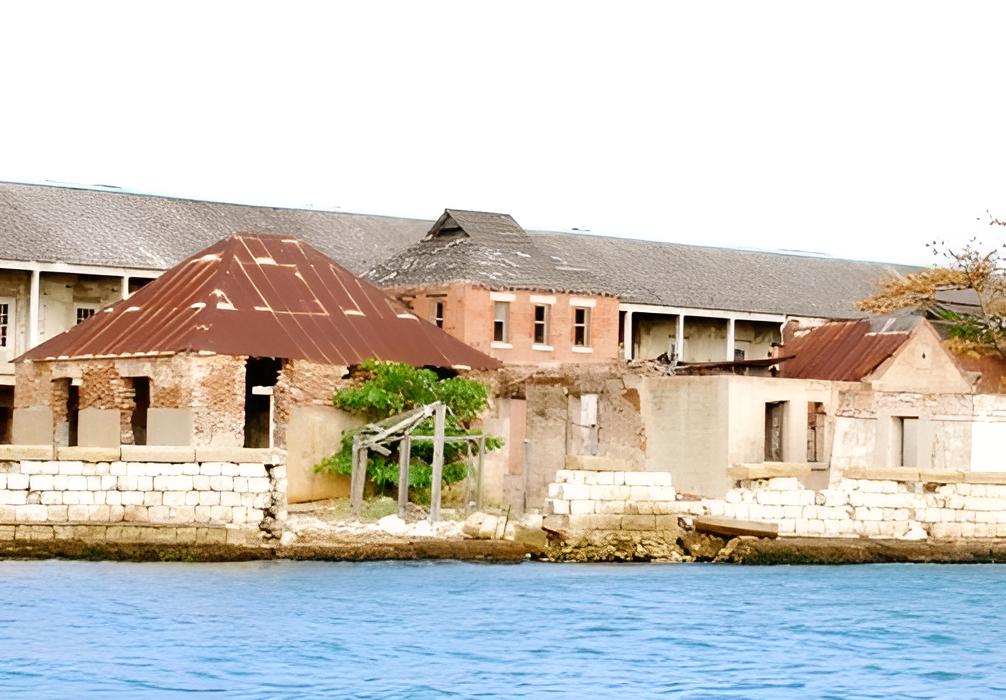 Jessica Wadsworth, CC BY 2.0 Wikimedia Commons
Jessica Wadsworth, CC BY 2.0 Wikimedia Commons
Port Royal In Transition
In those heady years, Port Royal was as much as a haven as it was a party desitination for pirates, with bars and brothels lining the streets, giving the swashbucklers places to spend their “hard-earned” dough. Then, in 1720, things began to change as the authorities began to arrest and execute pirates at “Gallow’s Point.”
 Raychristofer, CC BY-SA 4.0, Wikimedia Commons
Raychristofer, CC BY-SA 4.0, Wikimedia Commons
Port Royal Now
Today, Port Royal is now home to a number of historic forts and visitors interested in its unseemly history can book a pirate tour. While there aren’t many hotels on the island, it’s just a short boat ride away from nearby Kingston.
Tortuga Then
The island of Tortuga, off the coast of what is now Haiti, plays an essential role in a lot of pirate history—in fact, the French pirates who took it over originated the term buccaneer, which came from the French word boucaner (to cure meat). These French pirates were living on Haiti—then, Hispaniola—but moved to Tortuga when Spanish settlers arrived.
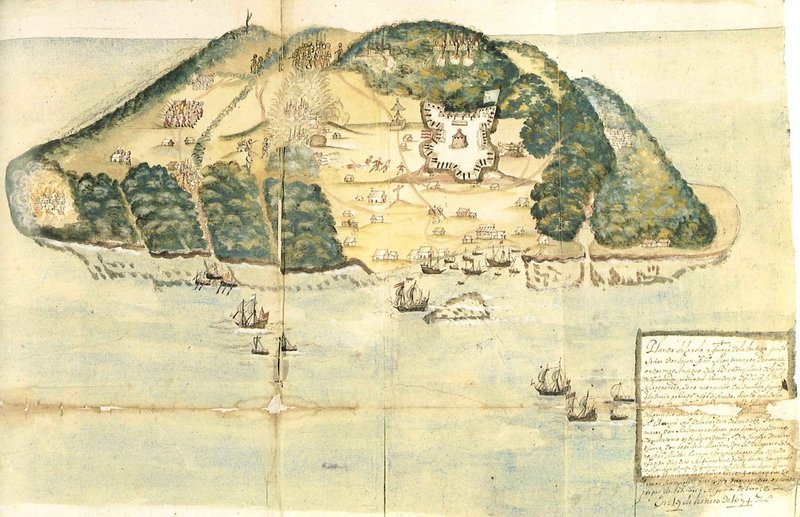 Unknown Author, Wikimedia Commons
Unknown Author, Wikimedia Commons
Tortuga In History
Before long, the pirates had fortified Tortuga, and even built a 24-gun castle, Fort de Rocher. More pirates arrived from other destinations, and collectively, the residents of Tortuga called themselves “The Brethren of the Coast.”
Tortuga In Transition
Like their compatriots in Port Royal, many of the pirates from Tortuga went for Spanish ships, but as the Spaniards learned ways to fight back, the high point of pirate life on Tortuga tapered off and the island emptied out as the 17th century came to a close.
Tortuga Now
Tortuga is a great place for a day trip by boat from Port-de-Paix. The island has beautiful beaches, snorkeling, and diving. Divers can see three shipwrecks and a variety of local wildlife, including sharks. There’s also a zipline from Tortuga’s rocky peaks to its forest floor for the land-based adrenaline junkies.
Barataria Bay Then
Many people know the story of pirate, privateer, and patriot Jean Lafitte—but few know this his career as a pirate really took off in Barataria Bay off the coast of Louisiana, which is home to a number of small islands. Lafitte and his brother set up their operations in that area around 1810, and their business soon flourished.
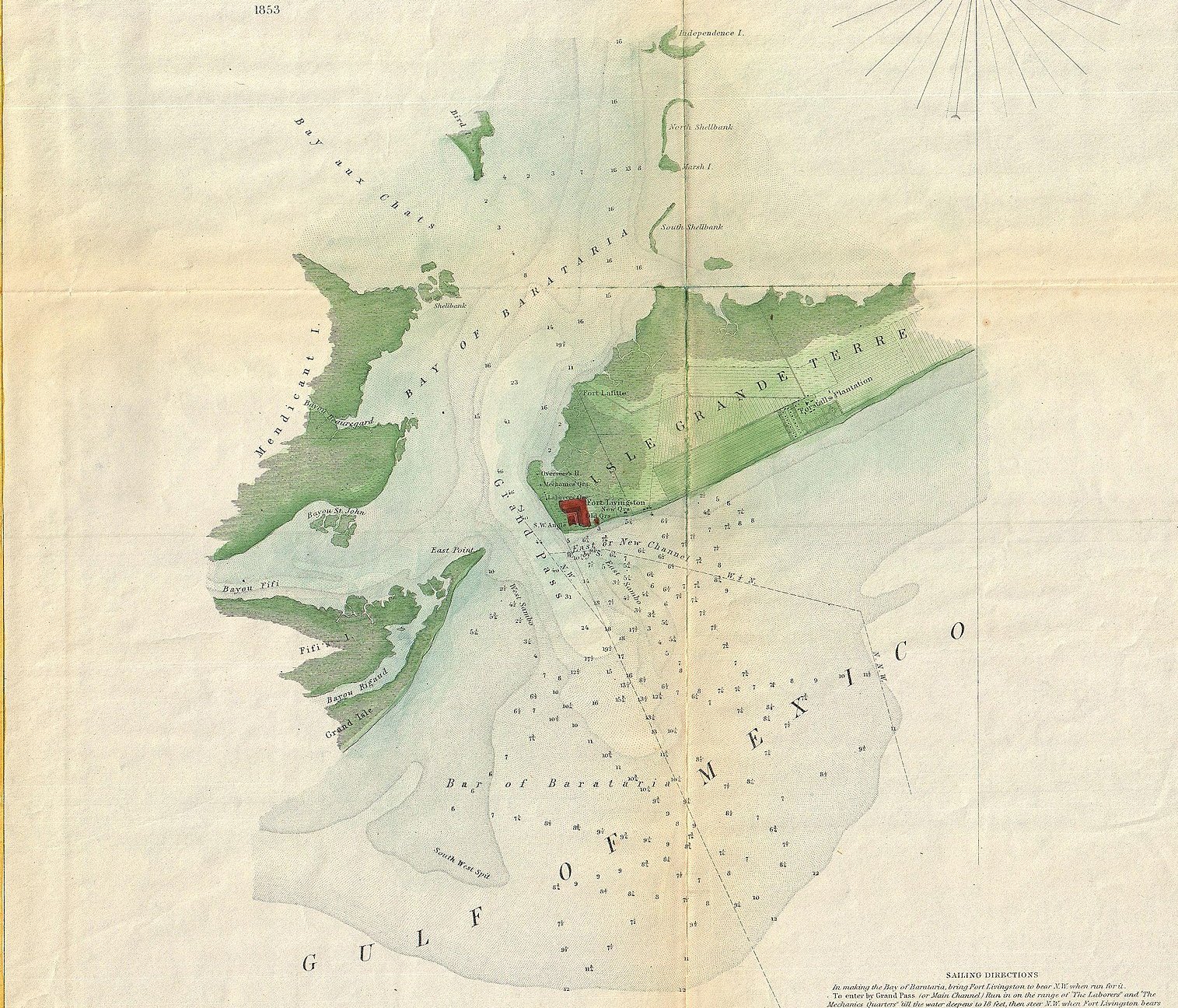 United States Coast Survey, Wikimedia Commons
United States Coast Survey, Wikimedia Commons
Barataria Bay In History
By the time the Lafittes’ operation was up and running, it was pretty hard to miss. Some 500 to 1,000 pirates followed them to the area, and there was usually a dozen ships in its harbors at any given time. The pirates of Barataria Bay would plunder Spanish ships in the Gulf of Mexico and then bring what they took to Louisiana.
Barataria Bay In Transition
…And then, the British came knocking. During the War of 1812, they tried to use Barataria as a port into New Orleans, and this did not make Lafitte happy. He ended up bringing the info to the American Forces and even fought in the Battle of New Orleans. This got him a full pardon—and then he moved on (though not from criminal activity).
Barataria Bay Now
Barataria Bay is now home to a number of Louisiana’s backbone industries, including shrimp and sulfur. There are also a number of conservation projects underway in the area. Jean Lafitte National Historic Park and Grand Isle State Park are among the attractions.
St. Mary’s Island Then
It’s not always about the Gulf of Mexico and Spanish ships for pirates. Many set up shop on St. Mary’s Island, off the coast of Madagascar in the Indian Ocean. They set up here in the late 1600s and quickly found that on the island, they had access to both European and Asian boats
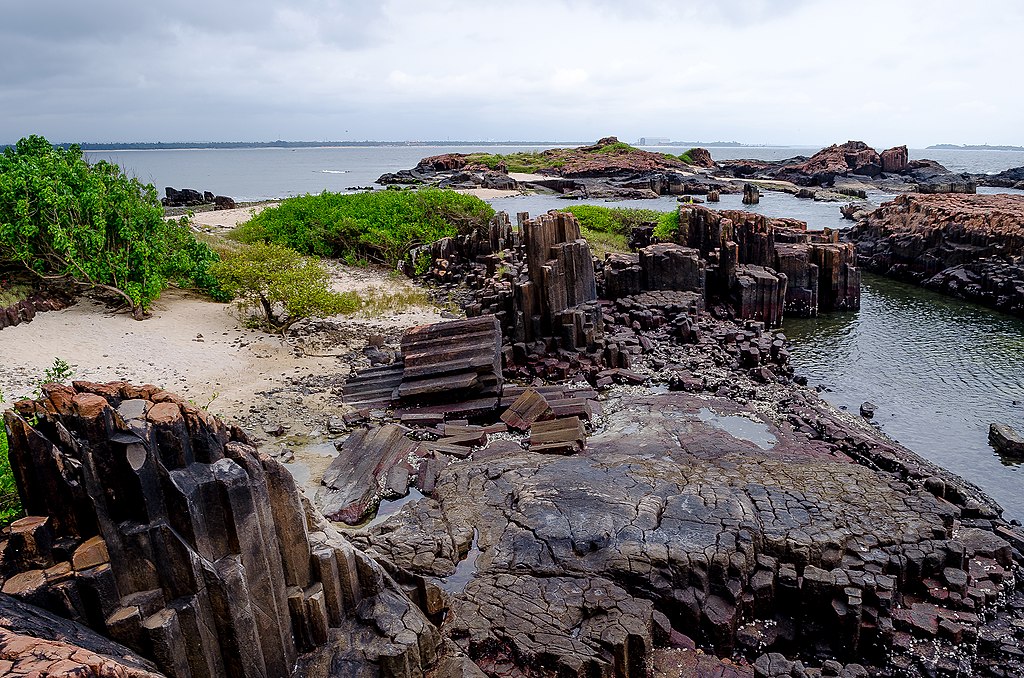 Dil Shad Roshan, CC BY-SA 4.0, Wikimedia Commons
Dil Shad Roshan, CC BY-SA 4.0, Wikimedia Commons
St. Mary’s Island In History
At its height as a pirate hideaway, St. Mary’s had a population of about 1,500 and was visited by pirate legends like Captain Kidd and Henry Every. Every was the buccaneer behind one of the most profitable episodes in the history of piracy—in 1695, he looted a ship owned by the Great Mogul of India. His booty? Treasures worth an equivalent of $200 million.
St. Mary’s Island In Transition
As these famous pirates passed on, the island became the subject of civil unrest after the ruler of the island ceded it to France in 1750—only for the locals to lead a bloody rebellion. They left for 50 years, only to come back and try again. This time, they stayed until 1960.
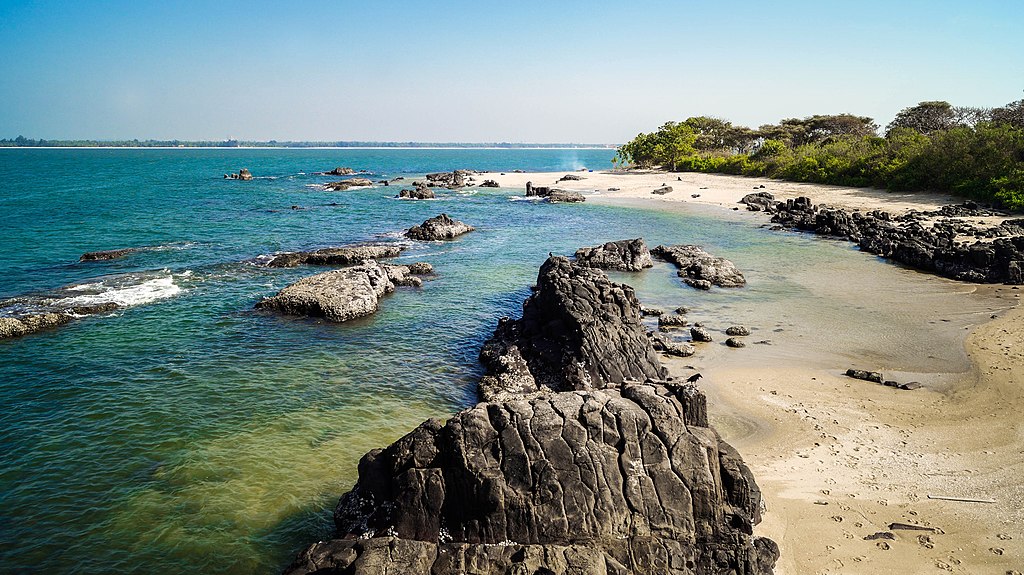 Manojz Kumar, CC BY-SA 4.0, Wikimedia Commons
Manojz Kumar, CC BY-SA 4.0, Wikimedia Commons
St. Mary’s Island Now
Today the island is known as Nosy Boraha and has a population of 30,000 spread across 17 villages. Visitors can come in by ferry or plane and enjoy the picturesque beaches. It’s also a fantastic place for whale watching.
Diving is also a possibility—but the pirates’ treasures are long gone. In 2015, a diver thought he found a piece of Captain Kidd’s silver, but it turned out be a hunk of lead.
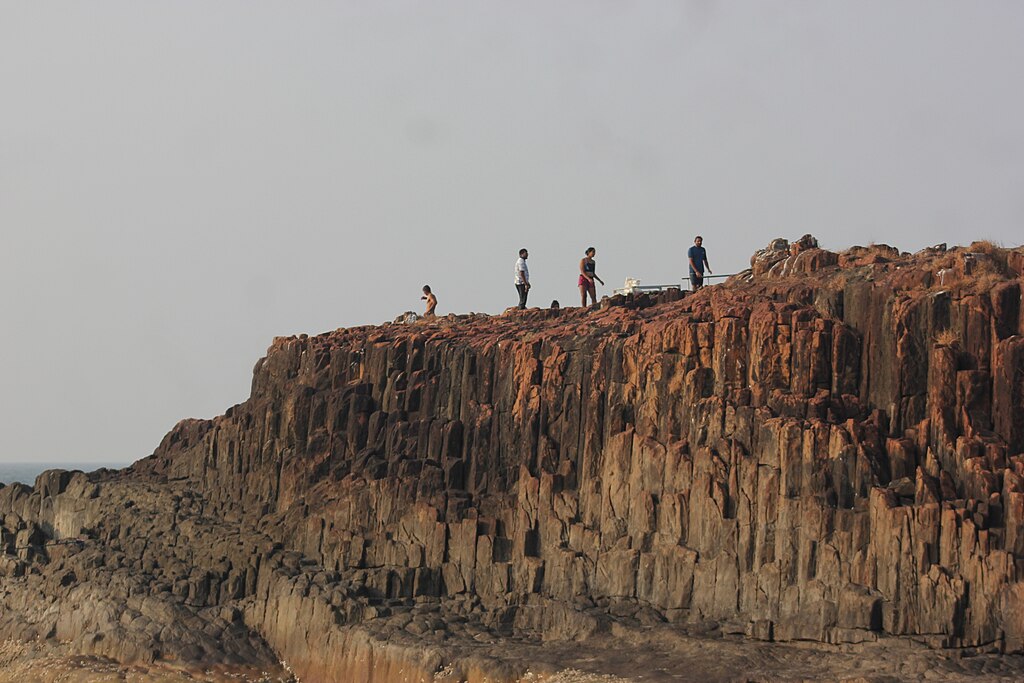 Storiesbyfredy, CC BY-SA 4.0, Wikimedia Commons
Storiesbyfredy, CC BY-SA 4.0, Wikimedia Commons
Clew Bay Then
While the African coast and the Caribbean may have historically been the most fertile grounds for pirate activity, it wasn’t necessarily isolated to those two areas. Well, not only was the west coast of Ireland, of all places, home to a pirate hideaway, it was the preferred refuge of one of the most feared and respected female pirates in history: Grace O’Malley.
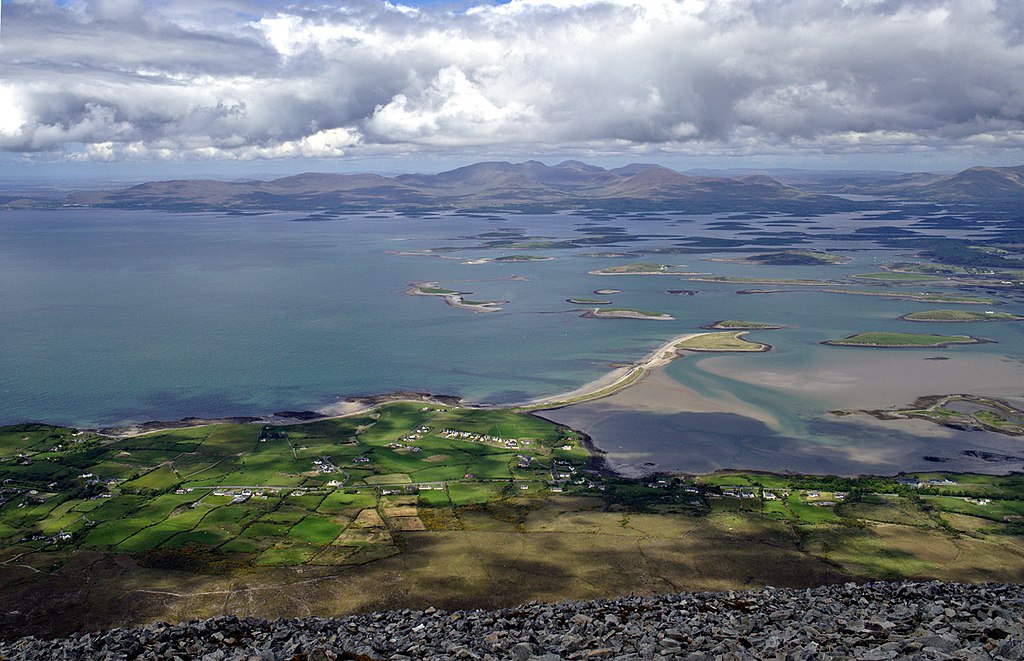 Mariusz Z, CC BY-SA 2.0, Wikimedia Commons
Mariusz Z, CC BY-SA 2.0, Wikimedia Commons
Clew Bay In History
O’Malley made a name for herself as a pirate in the 16th century and put together a fearsome clan consisting of a few hundred men and about 20 ships they’d use to rob merchant ships. Eventually, government authorities caught on to her and tried to shut her down—but were forced to flee when her clan fought back fiercely.
 MickReynolds, CC BY-SA 4.0, Wikimedia Commons
MickReynolds, CC BY-SA 4.0, Wikimedia Commons
Clew Bay In Transition
They briefly imprisoned O’Malley, but you can’t keep a good woman down and after her release, Grace returned to her pirate hideaway. She faced down the authorities again in 1593 and even got Queen Elizabeth I on her side!
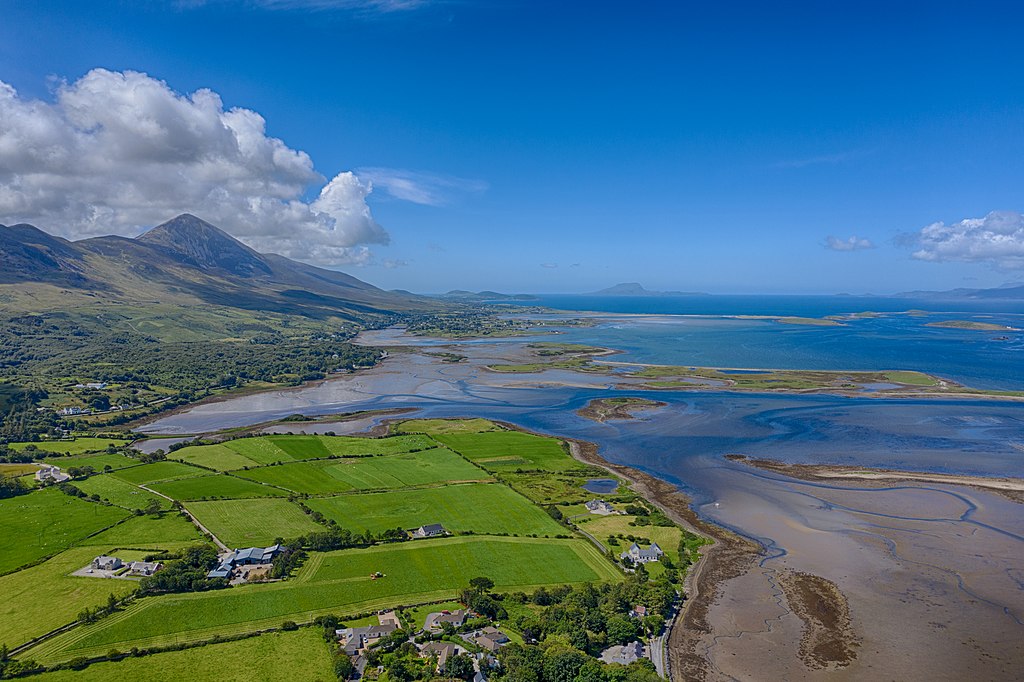 MickReynolds, CC BY-SA 4.0, Wikimedia Commons
MickReynolds, CC BY-SA 4.0, Wikimedia Commons
Clew Bay Now
Clew Bay is situated in County Mayo, Ireland. Unsurprisingly, the land around Clew Bay is characterized by lush, emerald-green hills. In the bay, there are hundreds of small islands—with one local legend stating there are 365 in total, one for each day of the year. Travelers interested in the area’s history can visit the Clew Bay Heritage Centre in Westport.
New Providence Then
Funny enough, the island of New Providence in the Bahamas was actually named by a governor and only has the word “new” in it to differentiate it from another pirate hideaway nearby. Nevertheless, it served as a providential hideaway for pirates beginning in the 17th century.
New Providence In History
New Providence became a stomping ground for all kinds of pirates, including some of the most famous ones in history, like Blackbeard and Stede Bonnet. It was not only a great hideaway for these notorious pirates to stop for a rest, but it also had a lively collection of taverns and bars. Eventually, though, things got out of hands.
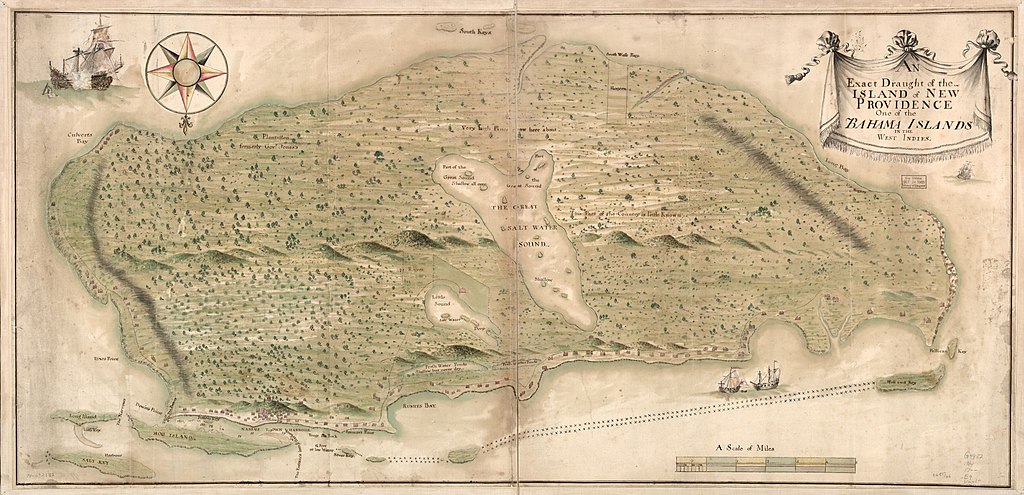 Unknown Author, Wikimedia Commons
Unknown Author, Wikimedia Commons
New Providence In Transition
New Providence had gone from regular ol’ British colony in the Caribbean to popular pirate hideaway in such record time that the authorities began to wonder if they’d even be able to keep it as a colony. And so, they cracked down hard, even convincing some former buccaneers to become pirate hunters. Many were executed on the island’s blue shores.
After the crackdown, New Providence became the one of the centers of operations for anti-pirate activity in the area.
New Providence Now
New Providence is the most populous island in the Bahamas and home to its capital, Nassau. Today, its mild climate, warm winters, and beautiful shores make it a booming tourist destination. There are luxury resorts, aquariums, water parks, and pretty much anything else a visitor could ask for.
Eyl Then
Though what we’d call the historical “golden age” of piracy is long gone, piracy has by no means been eradicated in this world—and one of the most well-known modern pirate hideaways is Eyl, a port town in Somalia.
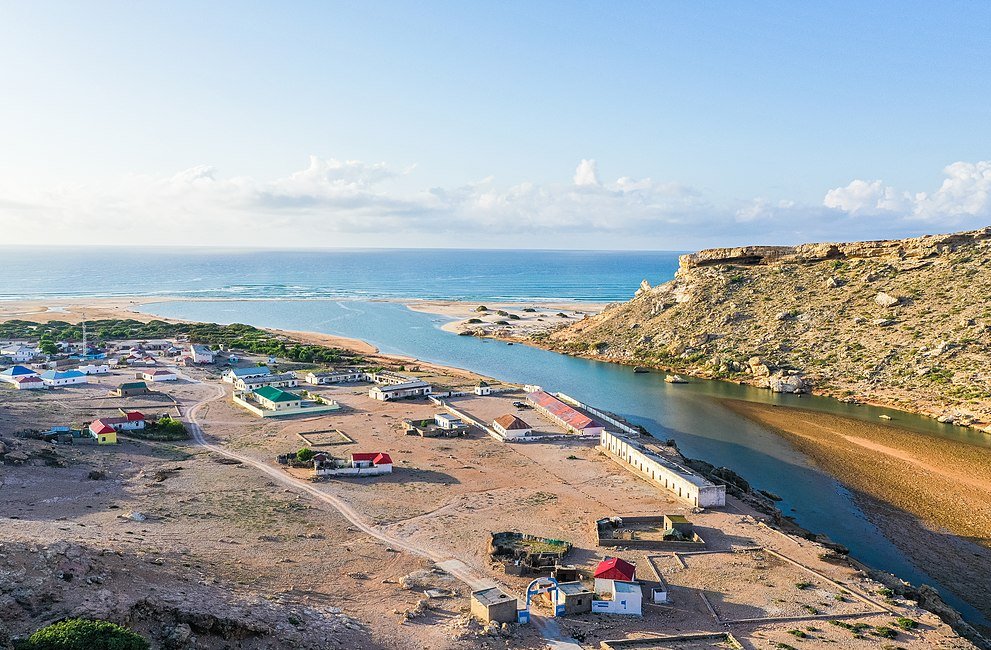 FaarisAdam, CC BY-SA 4.0, Wikimedia Commons
FaarisAdam, CC BY-SA 4.0, Wikimedia Commons
Eyl In History
At the turn of the 20th century, the Dervish forces used Eyl as a stronghold and built a historic fort there. The town later became the Dervish capital for a few years. The Dervish movement was led by a Sufi Muslim who called for independence from the British and Italian governments who’d colonized the area.
 Ahmed Nune, CC BY-SA 3.0, Wikimedia Commons
Ahmed Nune, CC BY-SA 3.0, Wikimedia Commons
Eyl In Transition
Somalia gained independence in 1960. After the outbreak of civil war in 1990, illegal fishing in the waters near Eyl increased, and soon enough, those fisherman banded together, leading to pirate activity. In the 2000s, it became a center for anti-piracy activity around the same time as the Maersk Alabama hijacking, which became the subject of the 2013 film Captain Phillips.
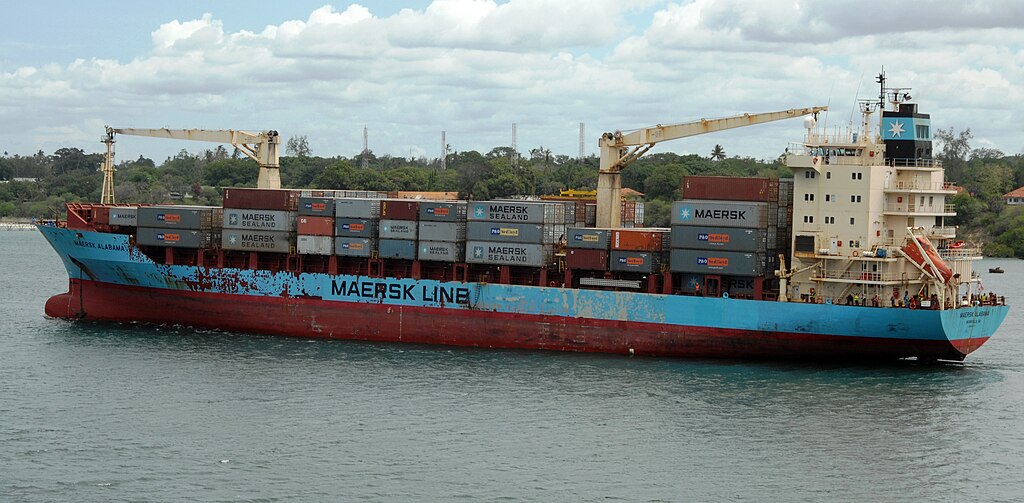 Laura A. Moore, Wikimedia Commons
Laura A. Moore, Wikimedia Commons
Eyl Now
The hijacking was the first seizure of a US ship by pirates since the early 19th century. Though it happened some 240 miles off the coast of Eyl, the port town’s name has been tied to the incident ever since. Civil war still rages in Somalia to this day, and though it offers many tourist attractions, the US Government recommends that travelers avoid the country.
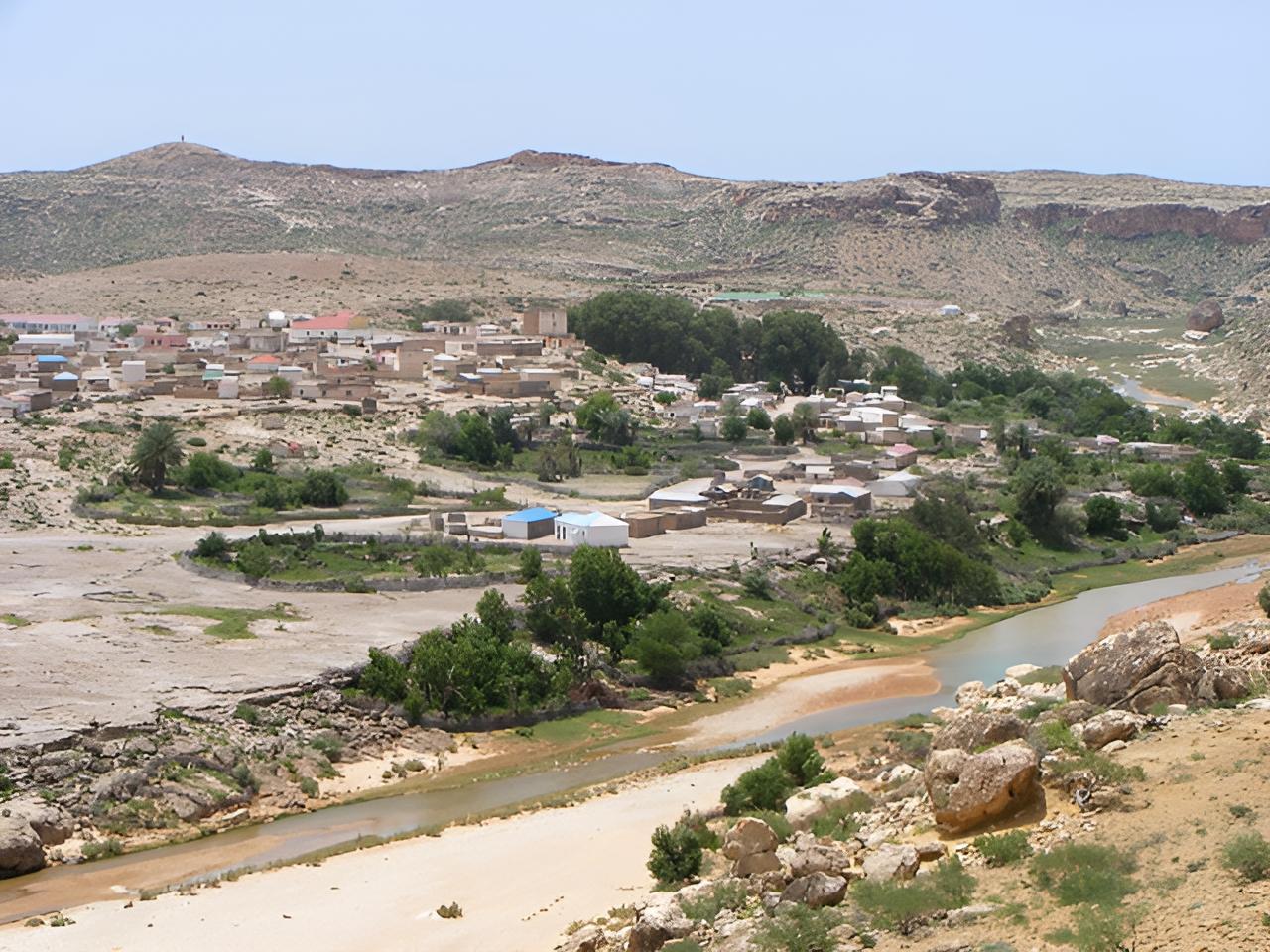 warsame90, CC BY-SA 2.0, Wikimedia Commons
warsame90, CC BY-SA 2.0, Wikimedia Commons

